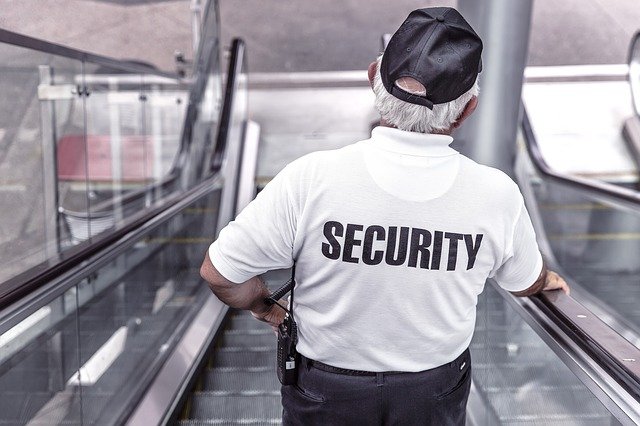Why we added ‘security’ to the health and safety team at Tideway

Why has security been embedded within the health and safety team at Thames Tideway Tunnel? Steve Hails, director of health, safety and wellbeing at the project, tells SHP about the decision to add security to his portfolio, and what it means for the business.
If the truth be known there wasn’t a great deal of science applied to the decision to add ‘security’ to the health and safety team at Tideway – a major project underway to upgrade London’s sewer system – however it seemed as good a place as any to house the newly recruited security manager, and whilst this may have happened more by accident than design it is clear that the decision to do so was the right one.
The Spanish have a word for it: seguridad, it means both safety and security – the same word but two different meanings.
Security has a fundamental role to play in the effort to deliver safe places to work and to include the mitigating of the very real security risks that seem to increasingly be a part of working life in the UK.
These security risks range from minor site boundary infringements, as has been seen with last year’s Pokémon Go craze, to international terrorist threats. Since 2006, the international terrorism threat level in the UK has fluctuated between critical, substantial and severe where it is presently. This means that an attack is highly likely and needs to be considered in all aspects of risk management within the workplace.
The security manager’s post at Tideway was established just prior to the organisation going to market to procure the main works contractors (MWC’s). Up until this time the team had engaged a number of consultants with a brief to assess the various security risks to the project as a whole, to advise on a security strategy and to brief significant stakeholders, including DEFRA, Thames Water and Ofwat, on the proposed security strategy.
The task for the security manager was to develop and provide technical advice to the project team on how to deliver the security strategy and then to write the works information (contractual requirements) telling the MWC’s what was required.
More importantly though, the role was to help ensure that security was factored into existing risk management processes (including risk assessment, monitoring processes and emergency planning and management review) so as not to create an additional layer of bureaucracy. Much in the same way that health and safety has strived to be integrated into existing practices.
A major decision taken as part of the procurement process was to procure a framework agreement with a single security provider to deliver security at all Tideway worksites on behalf of the 3 MWC’s. This was a departure from usual practice but the reason for doing so is to ensure a consistent security experience delivered to the highest standards and with a central command and control capability which helped to coordinate the security effort at all of our work sites.
The project also has a Metropolitan Police Officer embedded within the HSW team to provide a link between the project and the police and to advise Tideway of existing, and potential, crime and security risks. Recent examples have included the training of staff in the event of an armed terrorist accessing the work place, similar to the kind of attack seen in Paris in 2015.
The security strategy that Tideway has adopted in order to meet the security risks includes the need for everyone to undergo pre-employment screening to determine their identity, and to ensure that they have the right to work in the United Kingdom.
Once a colleague joins the project, and as part of the Employer’s Project Induction Centre (EPIC) process, they are issued a Project ID card which contains their biometric data. This is used to confirm their identity when they go to work on any Tideway site. All of our sites are staffed 24/7 by a single security provider and are monitored using CCTV images.
So what does security get out of being part of the health and safety team? The security manager is a direct report to the director of health, safety and wellbeing and is therefore part of the CEO’s senior leadership team.
The importance that the CEO attaches to delivering transformational health and safety – and his brief that if something cannot be done safely it shouldn’t be done at all – has the combined effect of raising the profile of health and safety and therefore security both within the project as a whole and with the executive team in particular.
Steve Hails is director of health, safety and wellbeing at Thames Tideway Tunnel
Why we added ‘security’ to the health and safety team at Tideway
Why has security been embedded within the health and safety team at Thames Tideway Tunnel? Steve Hails, director of health, safety and wellbeing at the project, tells SHP about the decision to add security to his portfolio, and what it means for the business.
Lauren Applebey
SHP - Health and Safety News, Legislation, PPE, CPD and Resources
Related Topics
New flexible working legislation – what does it mean?
Drug and alcohol testing in a UK airport environment
New regulations around flexible working due in April

